Chinese fruits are fruits native or predominantly cultivated in China. These fruits also include varieties that originated in other countries but have been grown and consumed in China for generations.
Chinese people enjoy fresh fruits and use them to prepare dishes and beverages. From soups to desserts and alcoholic beverages to non-alcoholic drinks, Chinese fruits are very versatile ingredients.
Read on to explore the best 18 fruits in China. For each entry, I will highlight its culinary role and other information, such as its origin, flavor, appearance, and varieties.
Afterward, you’ll discover the importance of these fruits in numerous Chinese dishes and Chinese beverages. Lastly, I will give you an overview of Chinese fruits to help you keep track of their best features.
18 Chinese Fruits with Filters
Below are 18 Chinese fruits, featuring native, non-native, national, and exotic selections. They are perfect for culinary uses, such as making dishes, drinks, and garnishes.
Mandarin Orange
- For Beverages
- For Dishes
- Native
Mandarin orange is a small citrus fruit popular in Chinese cuisine. Its flavor is slightly tangy but sweeter and more robust than regular oranges, making this fruit suitable for eating raw or making juice.
With a history dating back thousands of years, mandarin oranges now are widely cultivated in the warm climates of many countries around the world. In China, this aromatic citrus fruit is often associated with the Lunar New Year as a symbol of abundance and good fortune.
Chinese people use the easy-to-peel mandarin rind to make chenpi (sun-dried orange peel), which is a traditional Chinese seasoning for numerous dishes, from savory dishes to desserts and drinks. You’ll mostly see Chenpi in Chinese dessert soups like red bean soup.
Orange chicken, an American-Chinese dish, is another dish using mandarin oranges. Orange chicken consists of fried chicken soaked in a sweet chili sauce made with mandarin orange juice.
Lychee
- For Beverages
- For Dishes
- Native
Lychee is a Chinese tropical fruit of the soapberry family. Lychee is mainly grown in Southern China. When it ripens, its white, juicy flesh becomes extremely sweet with a light floral note.
An outstanding use of lychees in Chinese cuisine is lychee wine, a full-bodied dessert wine made with lychee. Lychee wine has a rich, sweet flavor, suitable for pairing with Asian dishes and shellfish or mixing with other spirits.
There is another dish in China that has “lychee” in its name: lizhi rou (lychee pork). However, this dish contains no lychee; instead, it is a deep-fried pork dish coated with a red sauce, creating a similar appearance to unpeeled lychees
Pomelo
- For Beverages
- For Dishes
- Native
Pomelo is a well-known Chinese citrus fruit of Southeast Asian origin. It boasts a similar flavor to grapefruit, but its taste is sweeter and less tart.
Pomelo rind is also thicker than that of grapefruits, so the Chinese always make it into candies or preserves. The rind is green or yellow, while the juicy flesh varies from white to pink or red.
Pomelos are in season from late fall to early spring. This fruit is often eaten fresh, added to salads, or used in desserts.
Braised pomelo pith is a high-fiber and low-fat specialty in many parts of China. Hong Kong has a famous dessert called mango pomelo sago.
Persimmon
- For Dishes
- Native
Persimmon is a popular berry fruit with glossy orange skin in China, the world’s top persimmon-producing country. Its season typically lasts throughout fall and winter.
There are many persimmon varieties, but they generally fall into two categories: astringent and non-astringent. Non-astringent persimmons are sweet, mellow, and ready to eat, while the astringent varieties must be softened before consumption.
Both persimmon categories are suitable for eating fresh, drying, or turning into various dishes, from salads to desserts. Dried persimmon is a beloved snack in many Asian countries, including China.
Kiwi
- For Beverages
- For Dishes
- National
- Native
Kiwi, also known as kiwifruit or Chinese gooseberry, is an edible Chinese berry fruit growing on woody vines. It originated from Central and Eastern China.
Beneath the light brown, characteristically fuzzy skin of kiwi is a soft flesh with a light green or yellow color. Its taste is uniquely sweet and mingled with tropical notes of tartness, like a mix of strawberry and banana.
The first record of kiwi goes back to the Song Dynasty (960-1279), regarding the fruit as a medicine food for children and postpartum mothers. While kiwi became associated with New Zealand in the 20th century, China is still the biggest kiwi supplier worldwide.
Jujube
- For Beverages
- For Dishes
- Native
Jujube is a small, round fruit belonging to the soapberry family in China. Its alternative names are Chinese dates or red dates.
Jujubes flourish in various seasons, notably from late summer to early autumn. The fruit has a small, date-like shape with reddish brown skin and a crisp, apple-like texture with a sweet, slightly tart flavor.
Chinese people eat fresh or dried jujubes as a snack with coffee. Various Chinese dessert soups, cakes, pastries, and medicinal dishes contain these red fruits for extra sweetness and fruitiness.
Red dates are also widely used in making beverages, from alcoholic to non-alcoholic drinks. Jujube-flavored tea, rice wine, and juice are beloved refreshments in China.
Kumquat
- For Beverages
- For Garnish
- Native
Kumquat is an orange-like citrus fruit that Chinese people have a soft spot for. Native to Southern China, it is considered a lucky fruit and is often exchanged as gifts during the Lunar New Year.
With a tiny size, a highly aromatic scent, and a sweet and tart flavor, kumquats are usually eaten whole, including the edible peel. Alternatively, these fruits are great for making jellies, marmalades, preserves, and spreads.
Pineapple
- For Beverages
- For Dishes
- Non-Native
Pineapple is among the most beloved tropical fruits in China. Hailing from South America, it has been cultivated in many Chinese regions for centuries.
A typical pineapple is large and comes with a tough, diamond-patterned exterior, topped with a crown of spiky leaves. Its yellow flesh is crispy yet juicy and sweet, ideal for cooking and baking.
Since pineapples contain bromelain, a natural enzyme that helps tenderize meat, Chinese chefs often use pineapple as a natural tenderizer for meat or seafood. Pineapples’ flavor explains why they often appear in Chinese sweet and sour sauces.
Asian Pear
- For Dishes
- Native
Asian pear, also known as Chinese pear, is a well-known pear variety in China and throughout East Asia. Contrary to European pears, it is round, crispy, and has a high water content, making it unsuitable for baking or making into jams.
Instead, Asian pears are best eaten raw or sliced to add to salads, showcasing their floral and sweet flavors. Juicing Asian pears into drinks with honey or ginger and poaching them with cinnamon and star anise are more elaborate ways of enjoying these fruits.
Ground Chinese pears even enter soy sauce- or vinegar-based sauces as a sweetener. Although less common, crunchy Chinese pears also appear in several soups or stir-fries for extra flavor.
Goji Berry
- Exotic
- For Beverages
- For Dishes
- Native
Goji berry, also known as wolfberry, is a nutrient-packed fruit native to China. It is widely cultivated in Xinjiang and Ningxia provinces.
Goji berries were first mentioned in Chinese sources in the 3rd century AD, and they have been used in traditional Chinese medicine for thousands of years. These fruits grow on shrubs in temperate and subtropical regions and are harvested in the summer.
Wolfberries are small, red, and oblong-shaped. Locals mainly dry wolfberries like raisins and consume them as a sweet and slightly tangy snack or add them to herbal teas, soups, and medicinal concoctions.
Carambola
- For Dishes
- For Garnish
- Non-Native
Carambola is a yellow tropical fruit widely enjoyed in China. Hailing from Southeast Asia, it has been adopted and cultivated in many parts of Southern China.
When you cut a carambola crosswise, it creates a distinct star shape, hence the alternative name star fruit. Ripe star fruits are juicy and crunchy, with a mix of sourness and sweetness.
In China, carambolas often appear in fish dishes to eliminate the fishy smell. Star fruits are also an ingredient in many Chinese beverages, desserts, and salads.
Longan
- For Beverages
- For Dishes
- Native
Longan, literally “dragon eye” in Chinese, is a soapberry fruit native to Southern China and Southeast Asia. It is closely related to lychee, so there is an overlap in the flavors of the two fruits.
The longan has a thin, brittle shell that encases juicy white flesh with a sweet, musky flavor. Chinese people believe this fruit has calming and sleep-inducing properties, so they have long used it in traditional medicine.
While longans are best eaten fresh, they are also ideal for savory or sweet-and-sour dishes and desserts, especially sweet soups. Longans are sometimes canned in syrup for preservatives.
Chinese Plum
- For Beverages
- For Dishes
- Native
Chinese plum is a popular Chinese fruit originating near the Yangtze River in Southern China. Despite its name, Chinese plums are more related to apricots than regular plums.
Chinese poetry and paintings often feature Chinese plums as a symbol of resilience and renewal, as the tree blooms in the cold winter. For the fruits, they range from yellow to deep red and have a sour and slightly sweet taste.
In China, locals often incorporate Chinese plums into snacks, condiments, and drinks. Two popular specialties prepared with this fruit are suanmeizi (pickled unripe plums) and huamei (preserved plums made with herbs).
When eating poultry dishes or egg rolls, Chinese people often add meijiang (plum sauce), a thick, sweet sauce made with Chinese plums. As for drinks, suanmeitang is a Chinese sour plum beverage mixing smoked Chinese plums with rock sugar and osmanthus flowers.
Chinese Hawthorn
- For Beverages
- For Dishes
- For Garnish
- Native
Chinese hawthorn is a small, apple-like fruit found in the forested areas of Northeastern China. It has a rich history in traditional Chinese medicine.
The main characteristics of Chinese hawthorns are their bright red skin and sweet and tart flavor. This fruit has many other names, such as Chinese haw, Chinese hawberry, and mountain hawthorn.
Tanghulu (candied fruits) is the most famous Chinese dish prepared with Chinese hawthorns. Other delicious hawthorn-based delights include jams, jellies, wines, and sweet and sour sauces.
Myrica Rubra
- Exotic
- For Beverages
- Native
Myrica rubra is the scientific name for a round fruit widely available in China, especially in the South-Central regions, such as Fujian, Guangdong, Hainan, and Jiangxi. Its alternative names include yangmei, Chinese bayberry, Chinese strawberry, waxberry, and yumberry.
Yangmei boasts a bumpy, raspberry-like texture and comes in shades of deep red to purple when ripe. Its taste is a smooth blend of sweet, sour, and tart flavors.
Besides enjoying yangmei in its fresh form, Chinese people use it to flavor alcoholic beverages, such as rice wine and liquor. The yangmei season is rather short and lasts less than a month in summer.
Buddha’s Hand
- Exotic
- For Garnish
- Native
Buddha’s hand, also known as fingered citron, is a Chinese citron fruit with thick, bumpy skin. Originating in the lower Himalayas and northeastern India, it is famous for its elongated, finger-like segments.
Although Buddha’s hands have neither juice nor pulp, their peel offers a sweet, lemony scent. Therefore, this fruit is an exotic flavoring for many savory dishes, desserts, and alcoholic drinks in China.
Some people even dry and candy the rind of Buddha’s hands into a sweet snack. Due to its unusual shape and fragrance, Buddha’s hands are also used to decorate rooms or perfume clothes.
As its name indicates, Buddha’s hand has a religious meaning, symbolizing good luck, happiness, and longevity in China. That’s why Buddha’s hands often appear as an offering in Buddhist temples or a gift during the Lunar New Year.
Monk Fruit
- Exotic
- For Beverages
- Native
Monk fruit, also known as luo han guo, is a small, round fruit that people widely grow in Southern China. It was cultivated by Buddhist monks centuries ago, hence the name.
The hard, green exterior of a monk fruit turns brown when dried, and it contains a sweet, edible pulp and seeds inside. Though low in calories, monk fruits are remarkably sweet, about 100 to 250 times more so than sugar, thanks to antioxidants called mogrosides.
Therefore, monk fruits are a healthy and natural sweetener for multiple Chinese drinks, broths, soups, and teas. It is easy to find dried monk fruits in Chinese herbal shops.
Wax Gourd
- For Dishes
- Fruit Vegetables
- Native
Wax gourd, also known as winter melon or ash gourd, is a large, vine-grown fruit widely used in Chinese cooking. While Southeast Asia is home to this fruit, Chinese people in warm, tropical regions have long used it in many dishes, namely winter melon soup.
Harvested in the late summer, wax gourds are and can grow to a considerable size. They have a thick, waxy coating, giving them a long shelf life without refrigeration.
Internally, each wax gourd has a crisp, white flesh with a mild, slightly sweet taste. Besides adding to soups, this fruit is also great for preparing stews, stir-fries, and candied fruits.
You have learned about the different fruits in China and their main traits, so let’s turn to another important topic: Chinese dishes prepared with these fruits.
What Are Chinese Dishes That Feature Fruits?
Fruits are an essential ingredient or flavoring in various Chinese dishes, especially in the following options.
I hope these Chinese specialties will make excellent additions to your diet. In the next section, I will reveal the most popular Chinese beverages prepared with fruits.
What Are Fruit-based Beverages in China?
Below is a breakdown of the most well-known beverages in China that are prepared or flavored with fruits.
Besides these options, there are many other refreshing drinks in China that are worth a look.
You now have a good understanding of the applications of Chinese fruits in preparing dishes and beverages.
Fruits aren’t the only fiber-rich ingredient used in Chinese cuisine; local vegetables are no less important. Read on to discover well-liked varieties in China.
What Are the Most Popular Vegetables in China?
Below are some vegetables that Chinese people usually utilize in their cooking.
Now that you’ve learned about the best vegetables in China, it’s time to get back to fruits. I will focus on the features that distinguish Chinese fruits from others.
What Is Special About Chinese Fruits?
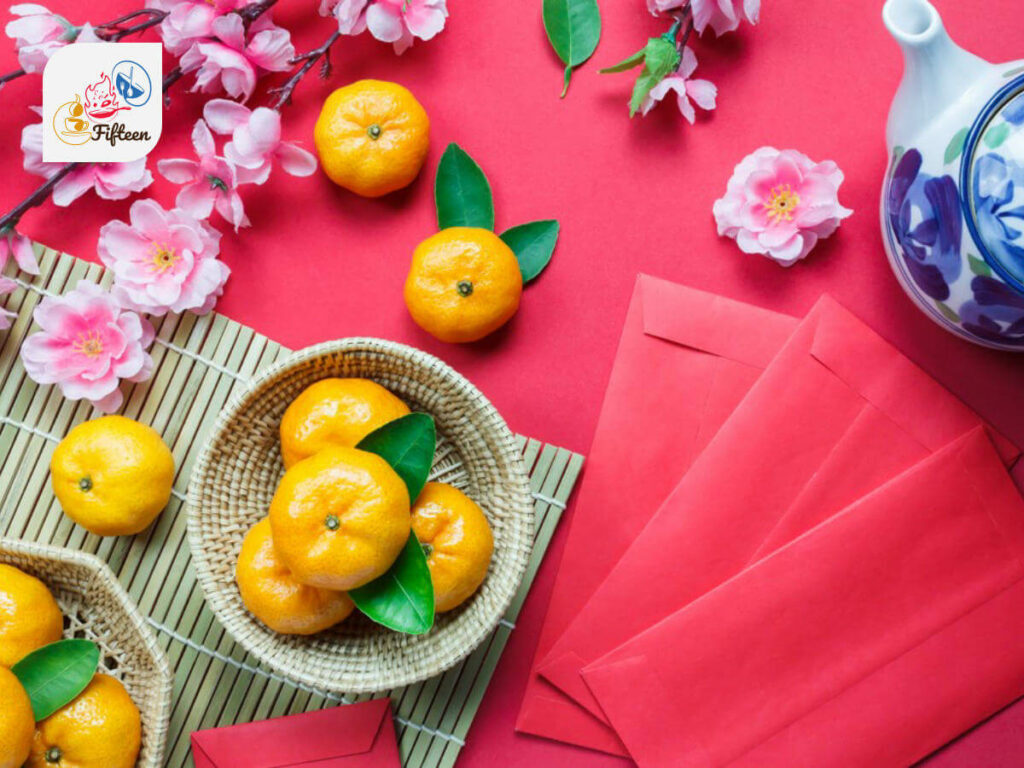
Here is an overview of what makes Chinese fruits special, from their distribution to cultural significance.
Lunar New Year Fruits
During the Lunar New Year, Chinese people often give each other fruits that symbolize good luck and happiness. These auspicious fruits often include citrus fruits like kumquats, mandarin oranges, and Buddha’s hands.
Diversity
China’s vast and varied geography, ranging from tropical in the south to temperate in the north, allows for a wide variety of fruits to be grown.
The most notable examples range from tropical fruits like lychee and longan in the south to temperate fruits like Chinese hawthorns and pears in the north.
Seasonality
Many Chinese fruits are associated with certain seasons of the year. For instance, lychees are a summer fruit, while persimmons are typically harvested in the fall.
Medicinal Uses
Many fruits play an important role in traditional Chinese medicine since they offer various health benefits. For example, longans help improve sleep quality, goji berries enhance the immune system and improve eyesight, and jujubes calm the mind and strengthen heart health.
What do you think about my Chinese fruit recommendations? Let me know your opinion and feedback in the comment section. Don’t forget to share this compilation of Chinese fruits with your friends!


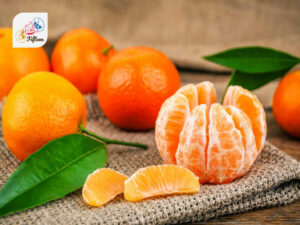
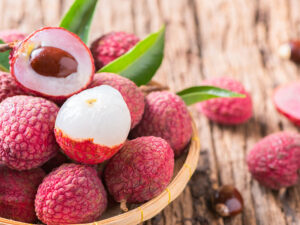
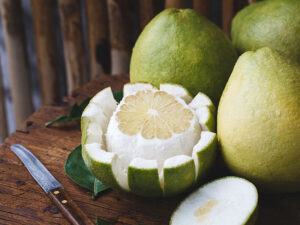
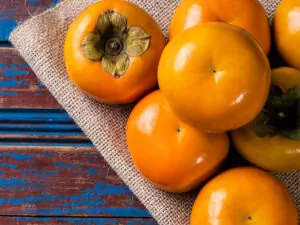
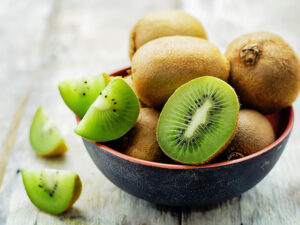
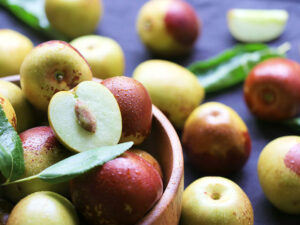
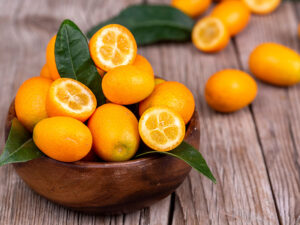
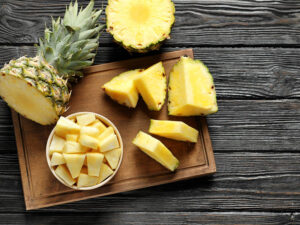
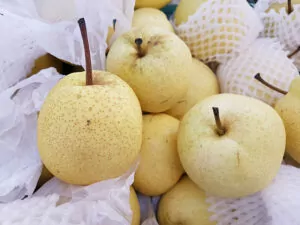
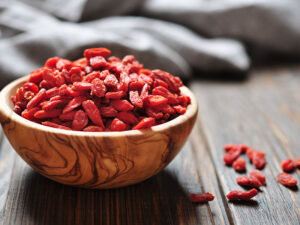
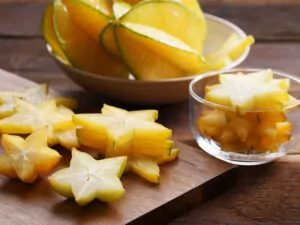
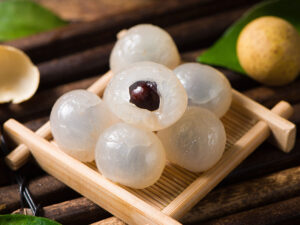
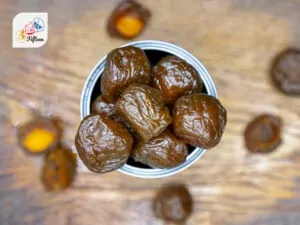
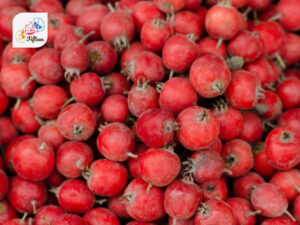
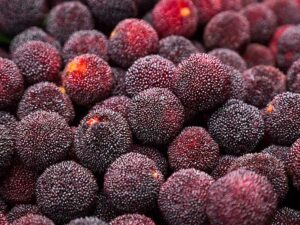
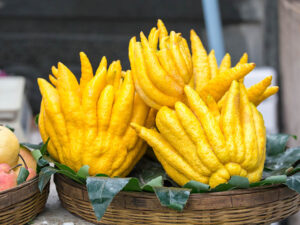
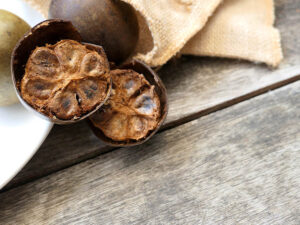
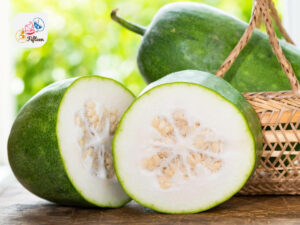
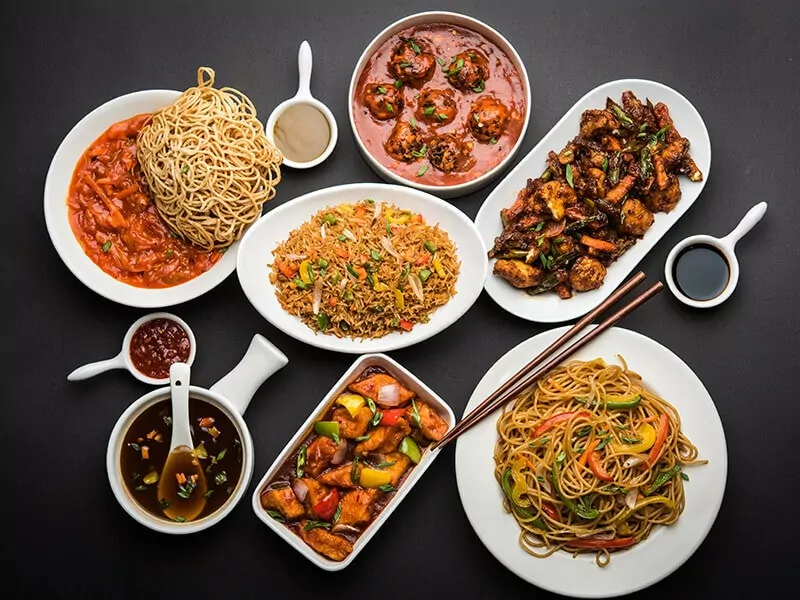
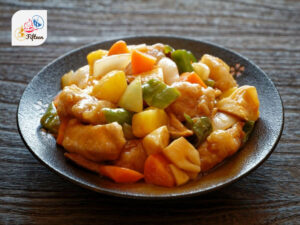
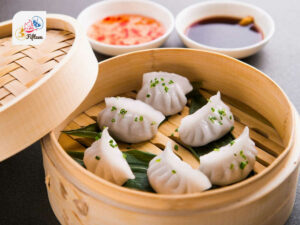
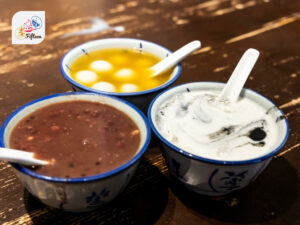
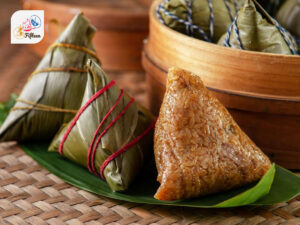
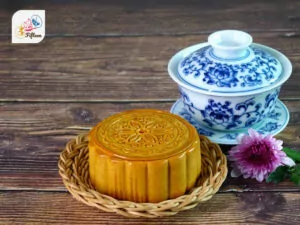


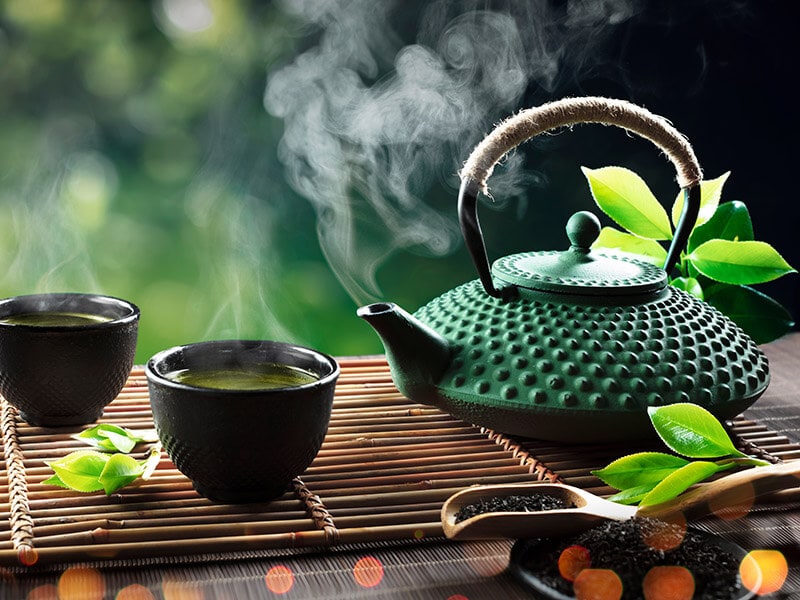
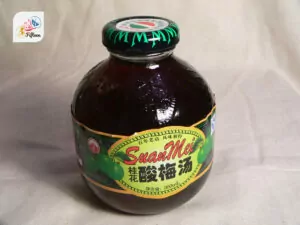
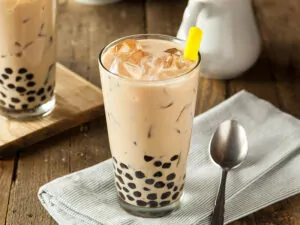
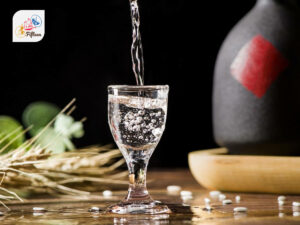
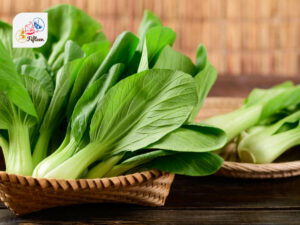
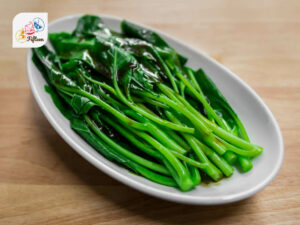
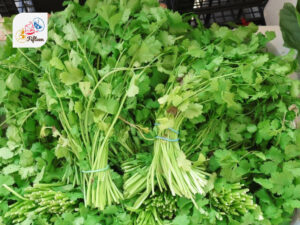
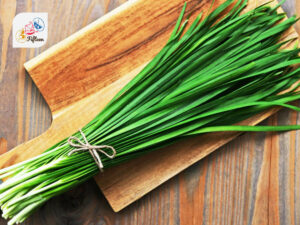
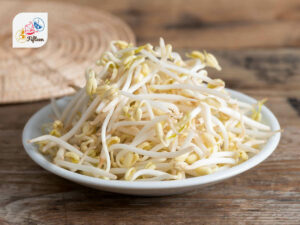
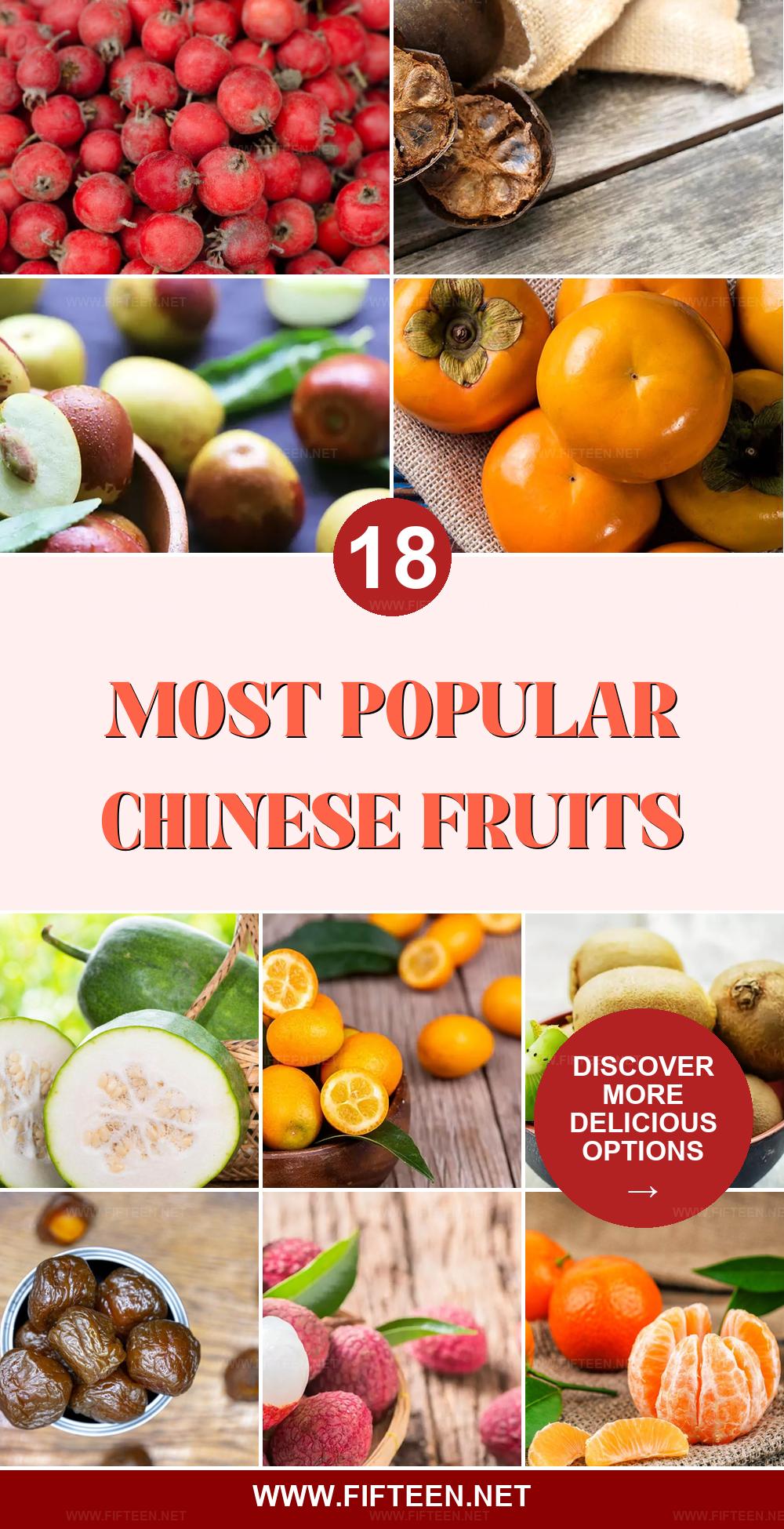
Jamie Scott
Editor in Chief, Senior Content Writer
Expertise
Home Cooking, Meal Planning, Recipe Development, Baking and Pastry, Food Editor, Cooking-video Maker, Western Food Evaluation Expert
Education
Le Cordon Bleu College of Culinary Arts
Local Community College, New York, NY
Jamie Scott is a skilled culinary expert and content creator specializing in Western cuisine. With over 15 years in the culinary field and formal training from Le Cordon Bleu, Paris, Jamie deeply understands how to blend nutrition with delicious flavors. His passion for cooking matches his commitment to making healthy eating accessible and enjoyable.
On Fifteen.net, Jamie brings a fresh perspective to classic dishes and beverages, offering readers insightful recipes, cooking tips, and a fresh view on meal planning that emphasizes taste, health, and simplicity.